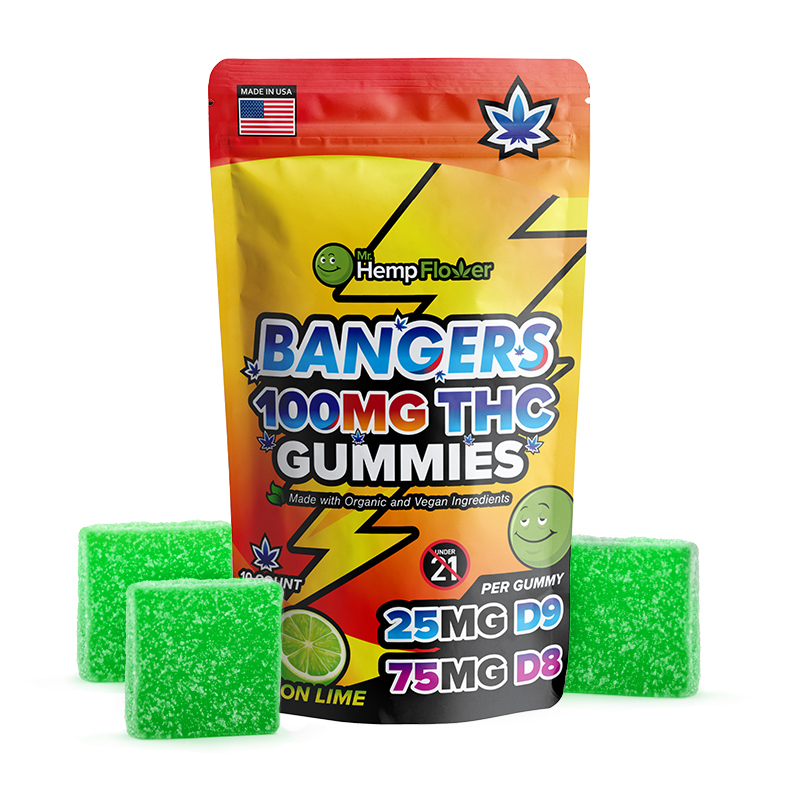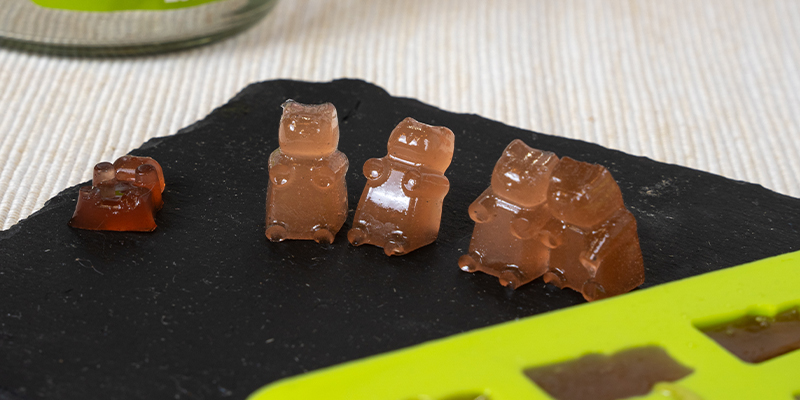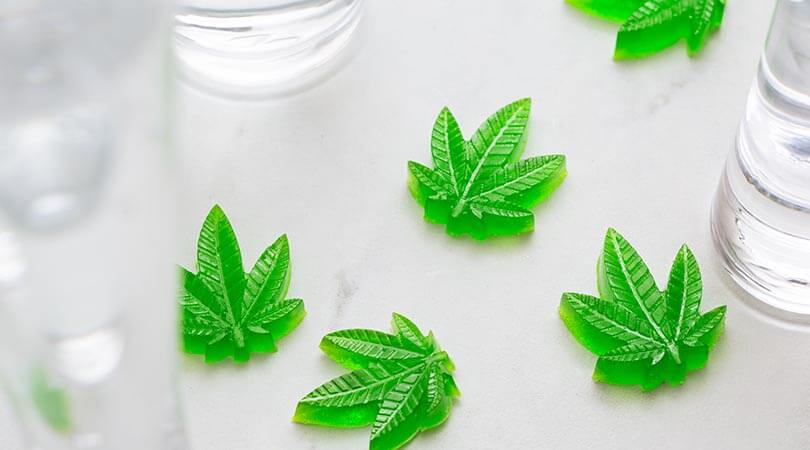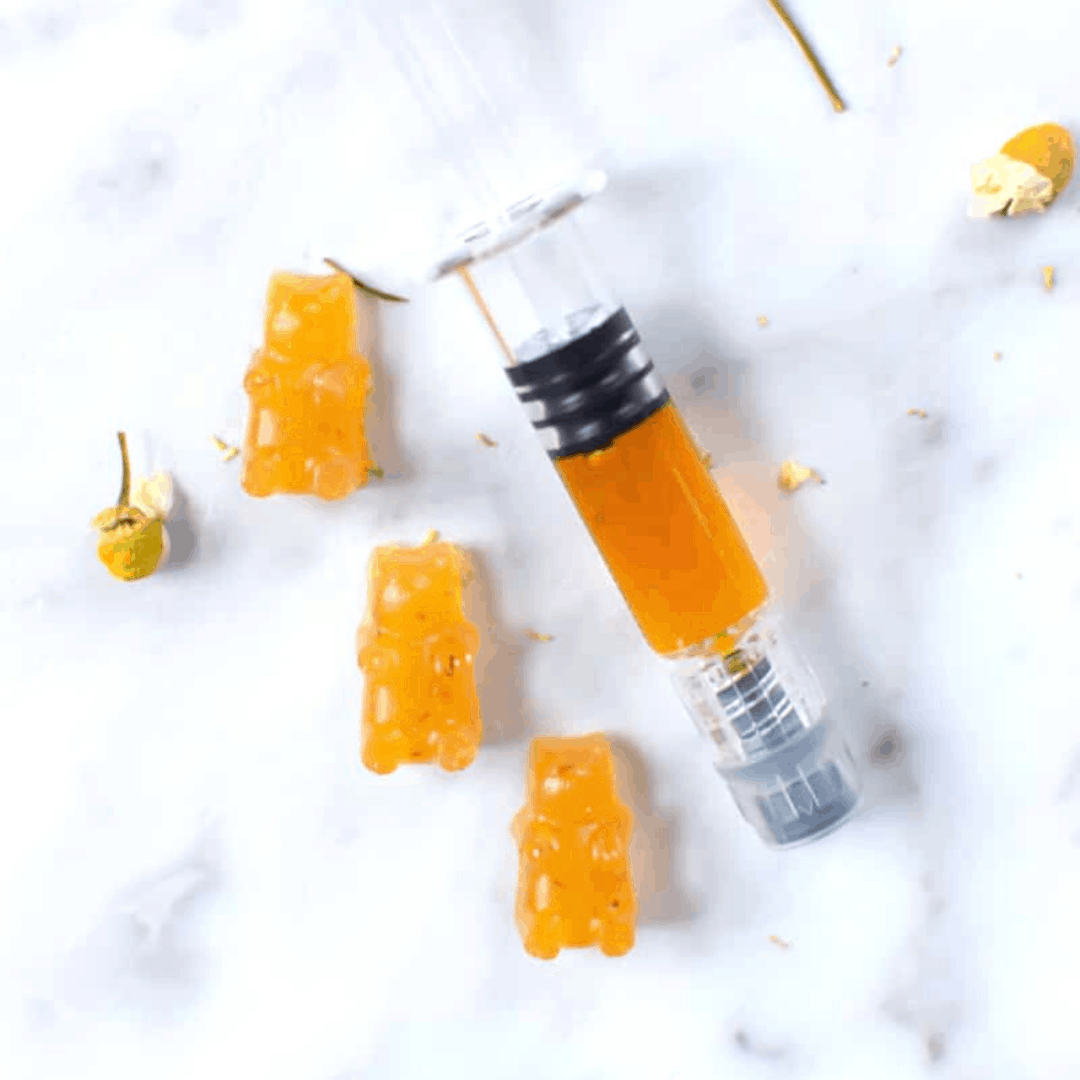How To Make Thc Gummies With Store-bought Gummies

The allure of homemade edibles, particularly THC-infused gummies, has surged in recent years. However, the simplicity often portrayed in online tutorials belies the potential dangers and legal complexities associated with creating these products at home. This article delves into the process of making THC gummies using store-bought candies, while also exploring the inherent risks, safety precautions, and legal ramifications that individuals must consider.
This comprehensive guide aims to provide a balanced perspective, cautioning against the practice while offering practical information for those who choose to proceed despite the warnings.
The Allure and the Risks: A Delicate Balance
The appeal of making THC gummies at home is multifaceted, driven by factors like cost savings, customization, and the desire to control the ingredients. Many see it as a discreet and convenient method of consuming cannabis.
However, this seemingly straightforward process comes with considerable risks. These risks encompass safety hazards, potential for inaccurate dosing, and the ever-present threat of legal repercussions, depending on local regulations.
Understanding the Decarboxylation Process
One of the most crucial steps in creating THC gummies, or any THC edible, is decarboxylation. This process involves heating cannabis flower to activate the THC and convert THCA (tetrahydrocannabinolic acid) into its psychoactive form, THC (tetrahydrocannabinol).
Failure to properly decarboxylate the cannabis results in a gummy that lacks the desired psychoactive effects. Improper decarboxylation can also lead to the production of unwanted byproducts.
Infusing the THC: Oil or Tincture
After decarboxylation, the activated THC needs to be infused into a carrier oil or tincture. Coconut oil is a popular choice due to its high fat content, which helps bind to the THC.
Alternatively, a high-proof alcohol tincture can be used. The infusion process typically involves simmering the decarboxylated cannabis in the chosen carrier for a specific period.
The Store-Bought Gummy Method: A Step-by-Step Overview
The process of making THC gummies with store-bought candies typically involves melting down the gummies and incorporating the THC-infused oil or tincture. This is often presented as a simple and quick method.
However, this simplicity can be deceptive. The following outlines the generally accepted steps, while emphasizing the caveats associated with each stage.
Melting the Gummies: Avoiding Scorching
The initial step is to gently melt the store-bought gummies, usually using a double boiler or a microwave at low power. It is crucial to avoid scorching the gummies, as this can alter their flavor and texture.
Adding a small amount of water can help prevent burning. Continuous stirring ensures even heating.
Incorporating the THC Infusion: Achieving Homogeneity
Once the gummies are melted, the THC-infused oil or tincture is carefully added. Thorough mixing is essential to ensure an even distribution of THC throughout the gummy mixture.
Inadequate mixing can lead to inconsistent potency, with some gummies being significantly stronger than others.
Molding and Setting: Maintaining Consistency
The THC-infused gummy mixture is then poured into molds, typically silicone molds designed for candy making. These molds can be found online or in specialty kitchen stores.
The molds are then placed in the refrigerator to allow the gummies to set. Once solidified, the gummies are removed from the molds.
Safety Precautions: A Paramount Concern
Safety is paramount when making THC gummies at home. Due to the psychoactive effects of THC, precautions should be taken to avoid accidental ingestion and overconsumption.
Clearly label all THC-infused products and store them out of reach of children and pets. Dosage control is also crucial, which is challenging to achieve accurately with homemade edibles.
Dosage and Potency: The Unpredictable Factor
One of the most significant challenges in making homemade THC gummies is accurately determining the potency of each gummy. This depends on several factors, including the potency of the cannabis used, the efficiency of the decarboxylation and infusion processes, and the accuracy of the mixing.
Without professional laboratory testing, it is nearly impossible to determine the exact THC content of each gummy. Start with a very small dose and wait at least two hours before consuming more.
Potential Hazards: Burns and Inhalation
The process of making THC gummies involves working with hot liquids and potentially volatile solvents. This poses a risk of burns and inhalation of harmful fumes.
Use caution when melting the gummies and handling hot oil or tincture. Ensure adequate ventilation to minimize inhalation of fumes.
Legal Ramifications: Navigating the Legal Landscape
The legality of making and possessing THC gummies varies widely depending on local laws. In some jurisdictions, cannabis is legal for both medical and recreational use, while in others, it remains strictly prohibited.
Even in areas where cannabis is legal, there may be restrictions on the amount of THC that can be possessed or manufactured. Individuals should thoroughly research and understand the applicable laws in their area before attempting to make THC gummies.
The Stance of Regulatory Bodies
Regulatory bodies, such as the Food and Drug Administration (FDA), have not approved homemade THC edibles for human consumption. This means that these products are not subject to the same quality control standards as commercially produced edibles.
Commercial edible manufacturers are subject to strict regulations regarding labeling, testing, and packaging. This helps ensure consumer safety and provides accurate information about the THC content of each product.
Moving Forward: A Call for Caution and Responsibility
Making THC gummies at home can be a risky endeavor. While the allure of customization and cost savings may be appealing, the potential dangers and legal ramifications should not be taken lightly.
If individuals choose to proceed with making THC gummies at home, they should prioritize safety, exercise extreme caution with dosage, and remain fully compliant with local laws. Inaccurate dosing can lead to serious side effects, therefore it is important to err on the side of caution.
A responsible and informed approach is essential to minimize the risks associated with this practice. Consider purchasing from reputable, licensed dispensaries to ensure product safety and compliance.
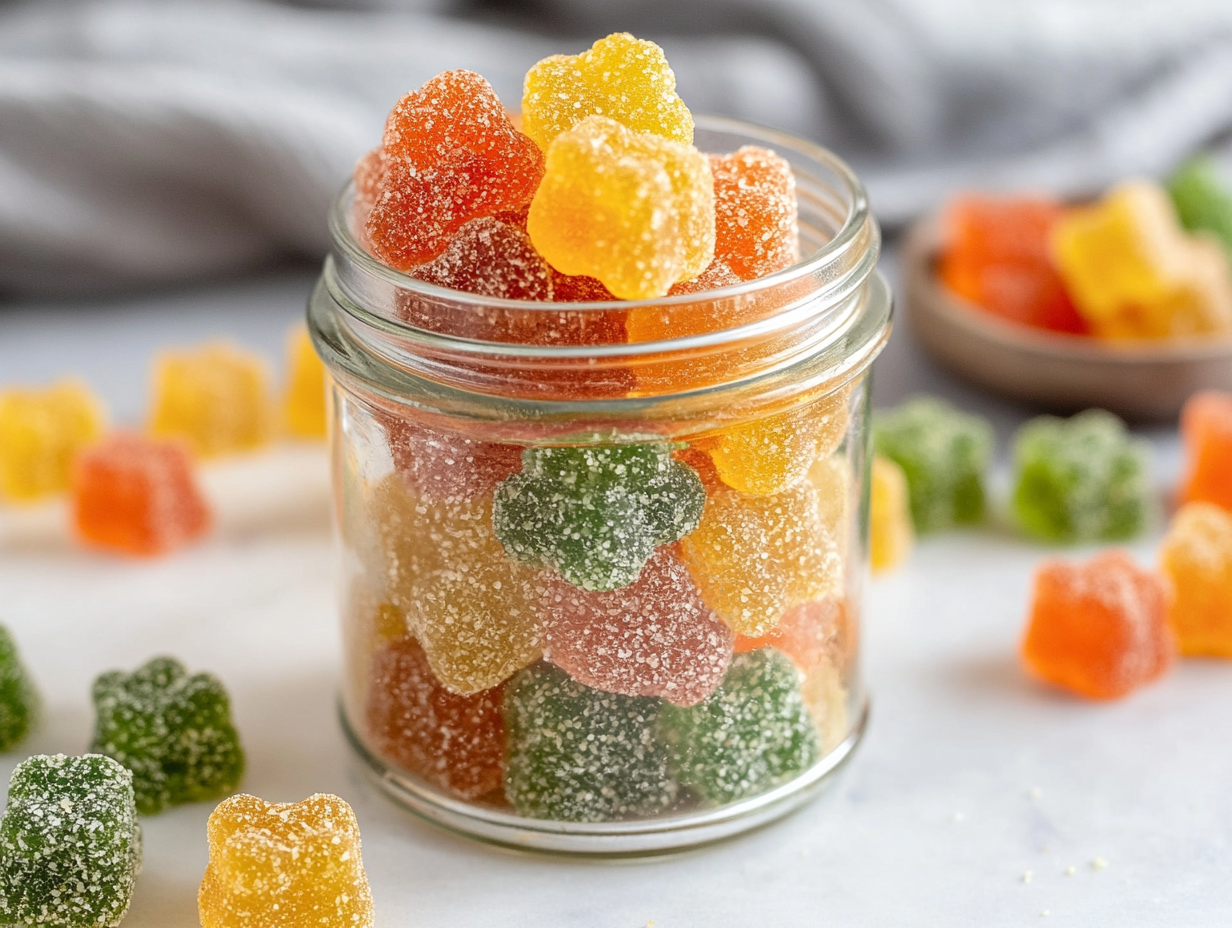
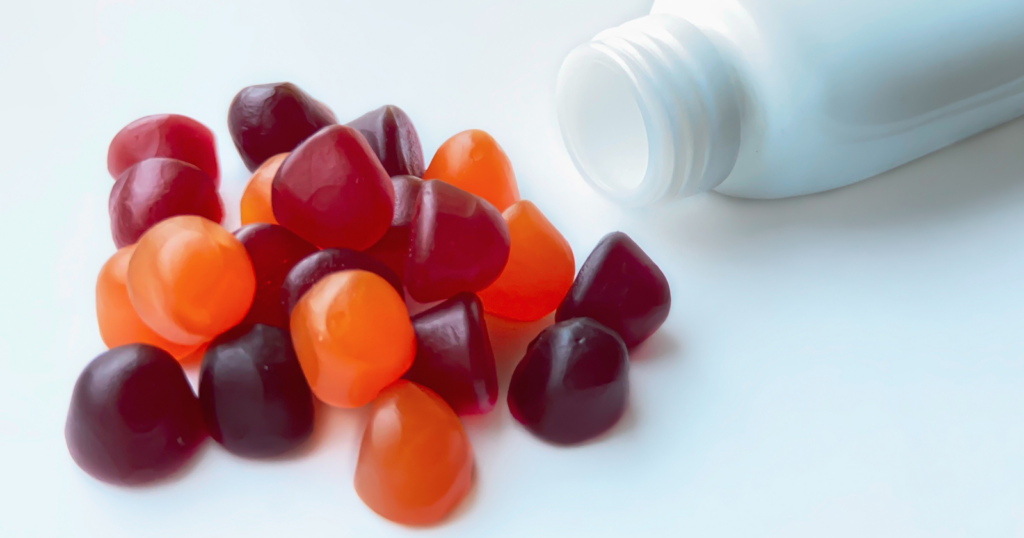




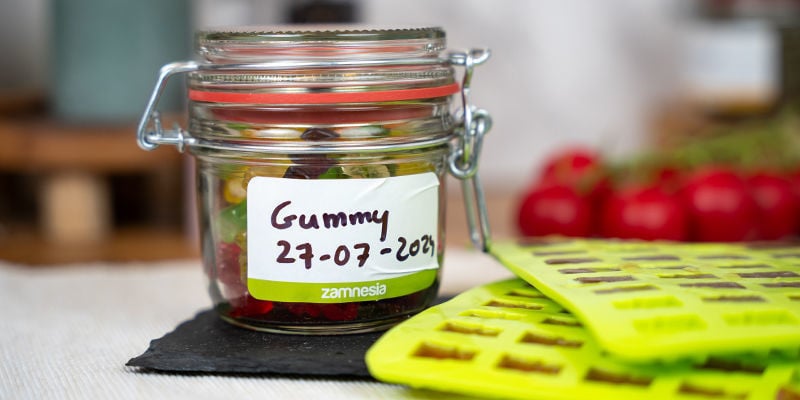
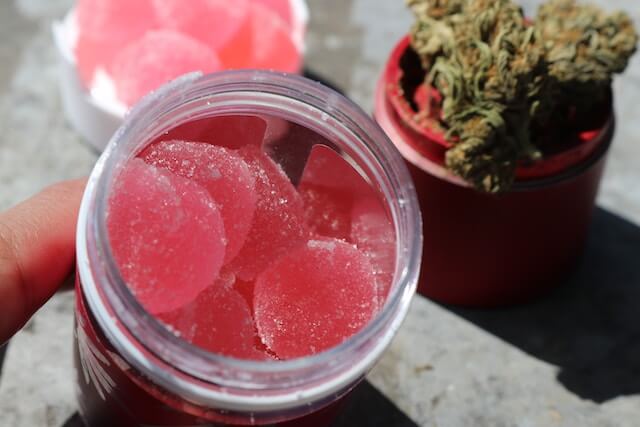
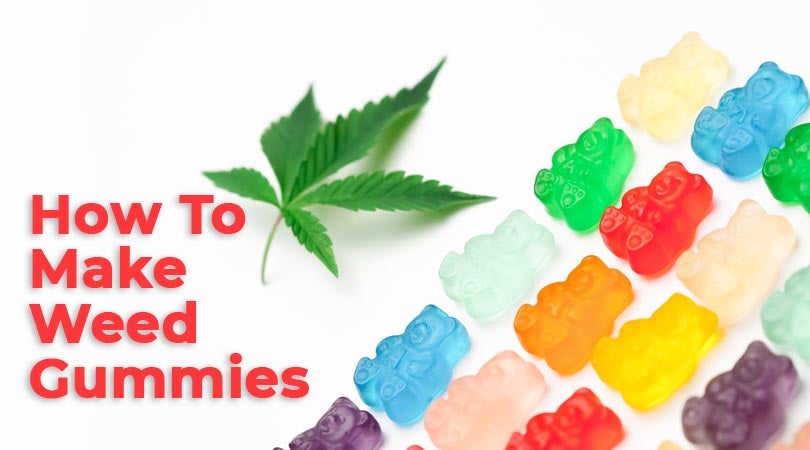
![How To Make Thc Gummies With Store-bought Gummies Making THC Gummies with Store Bought Candy [YqxDXZPJapO]](https://i.ytimg.com/vi/pz86EnbcuMA/maxresdefault.jpg?focalcrop=2800x628x50x28&format=auto)

